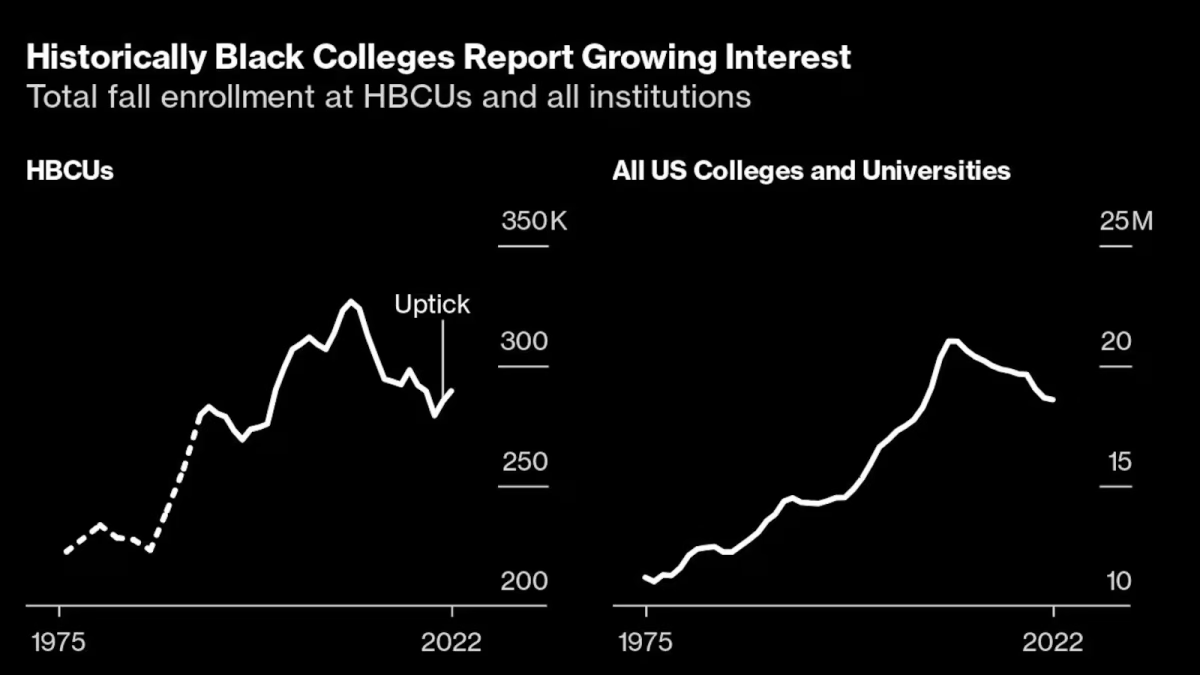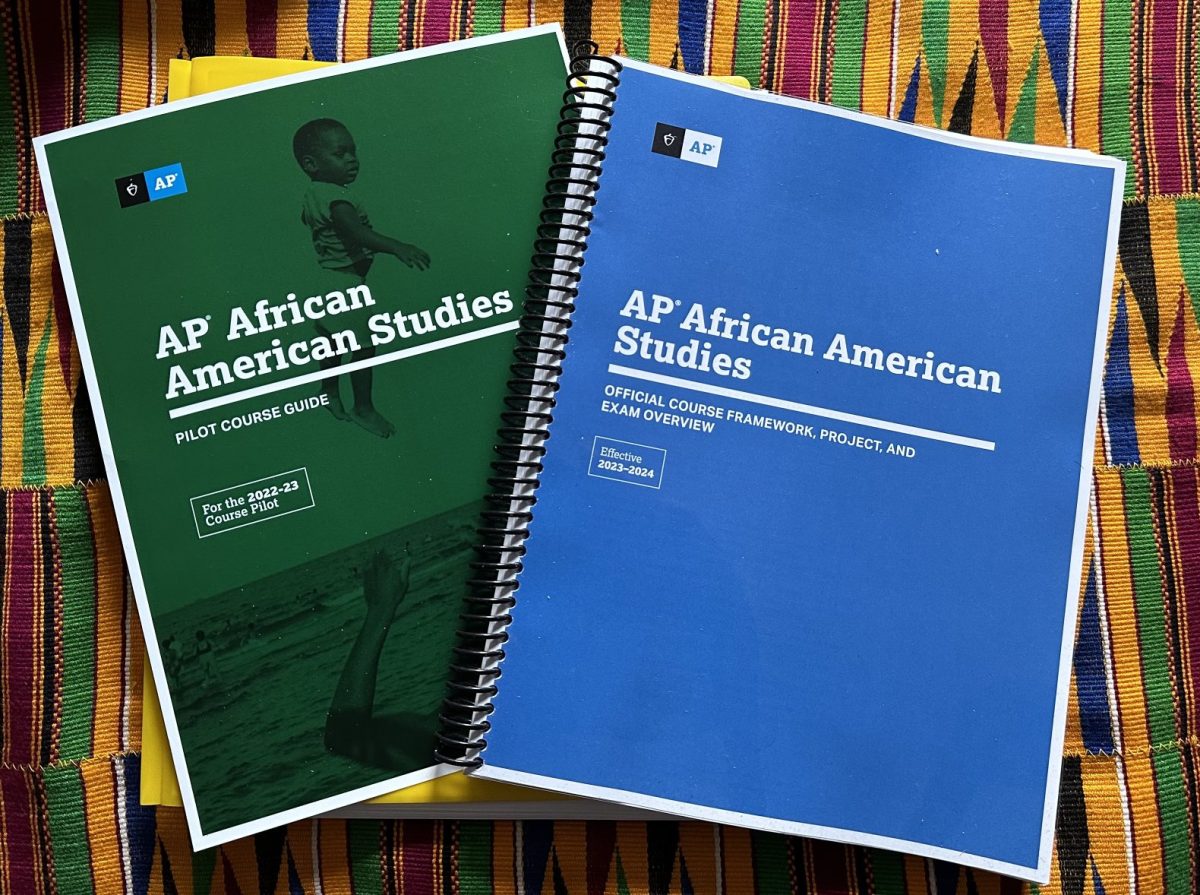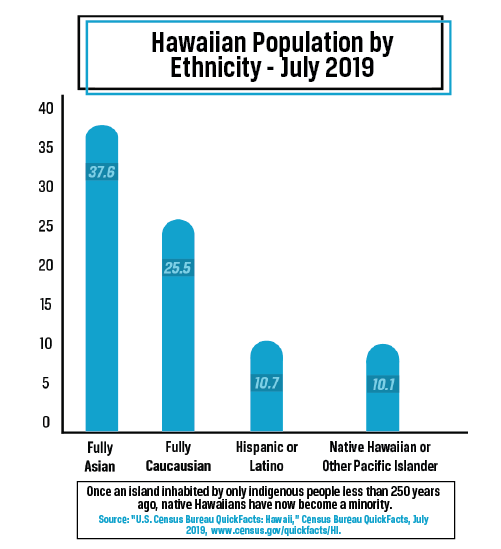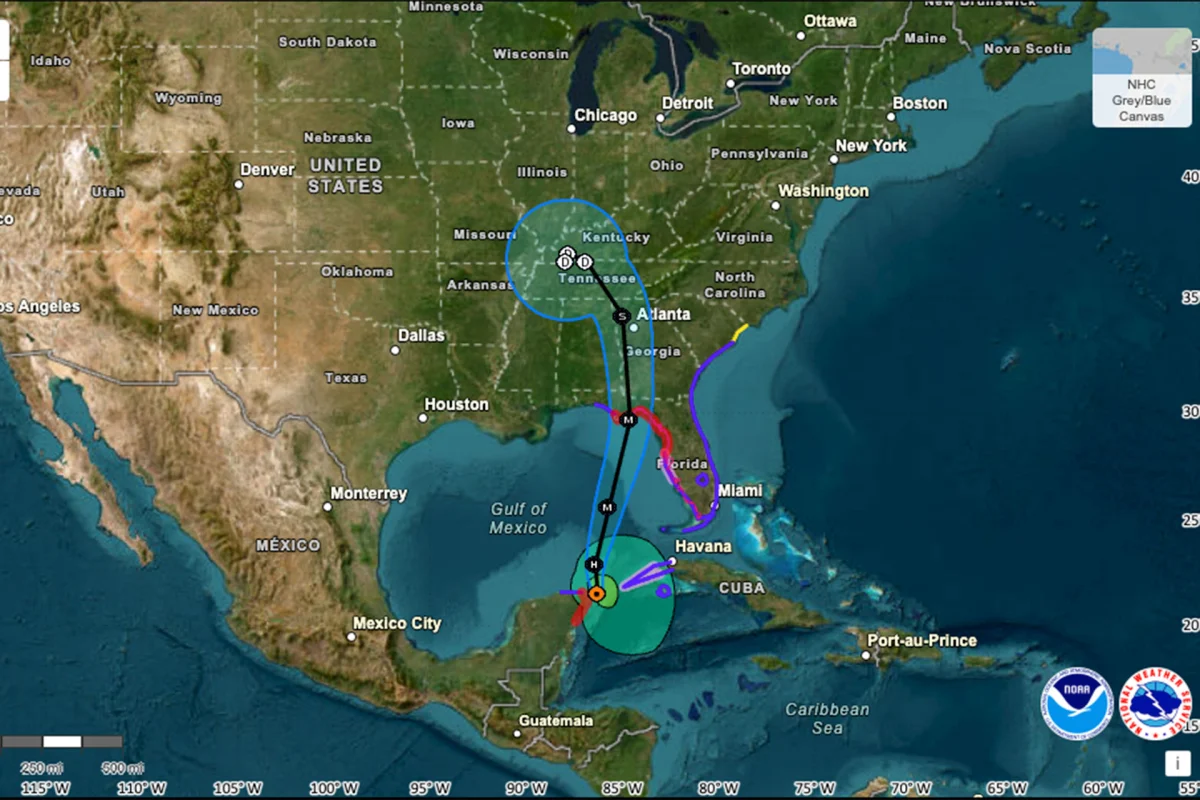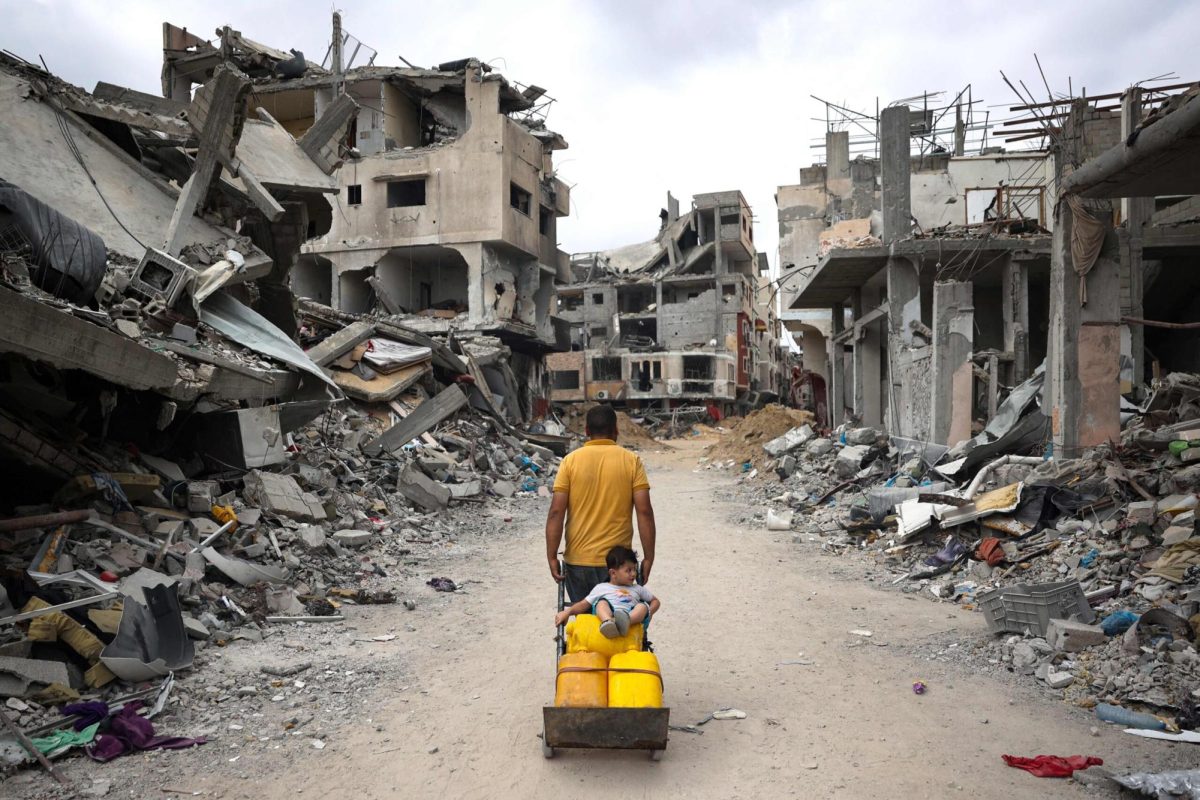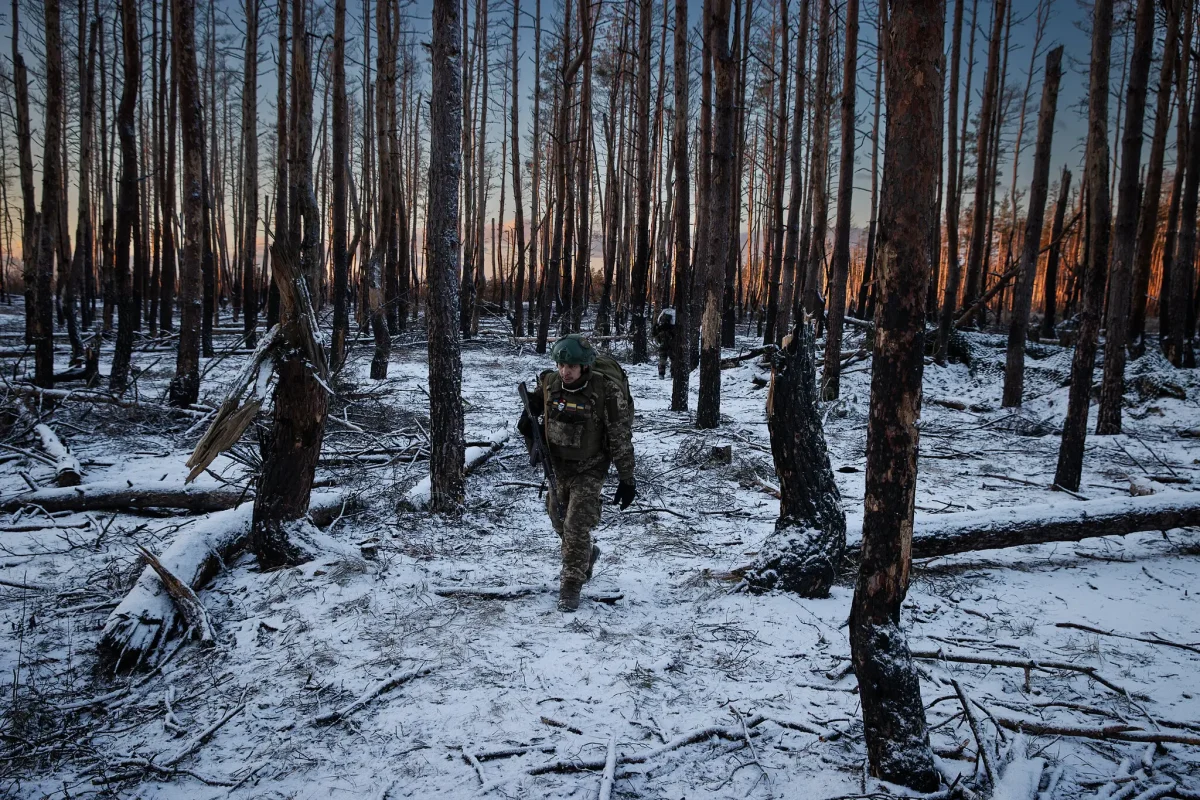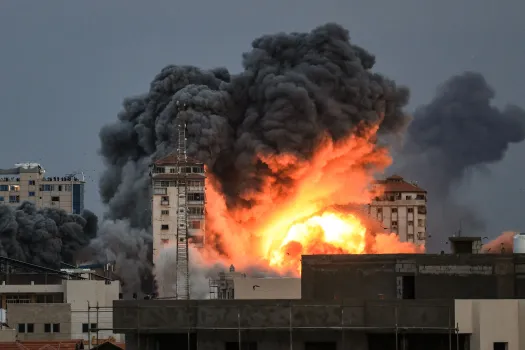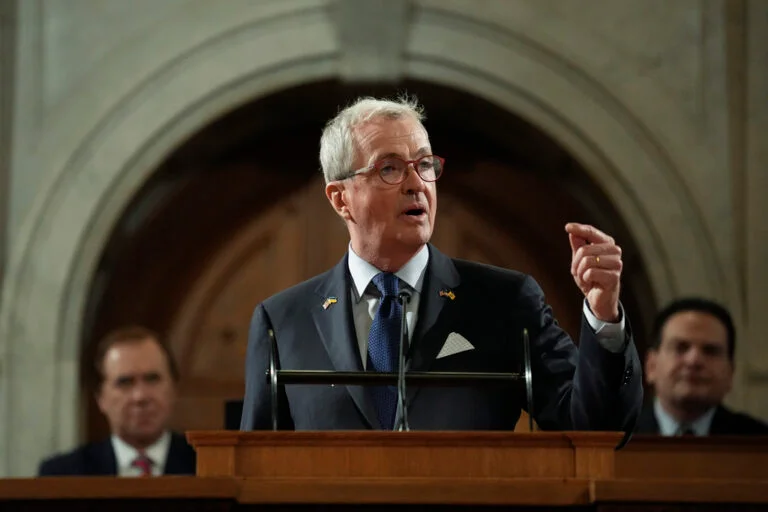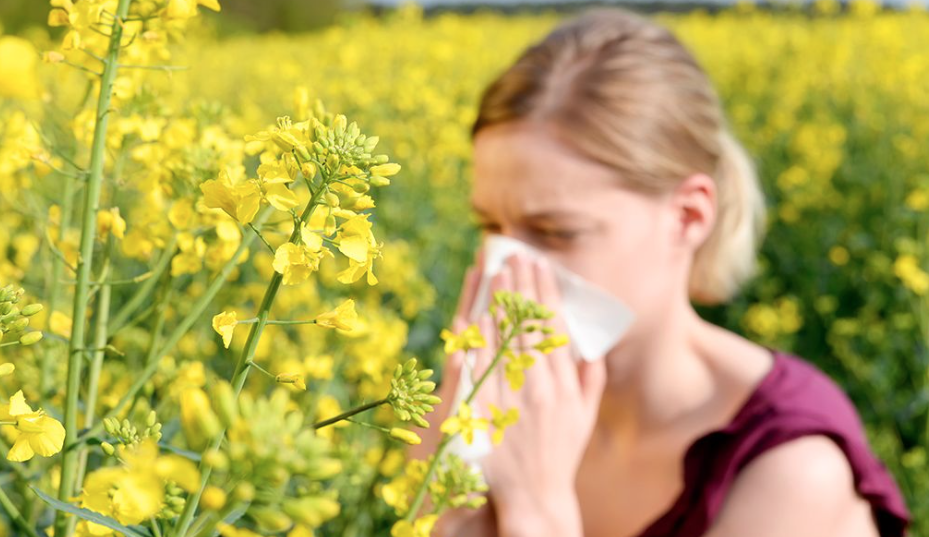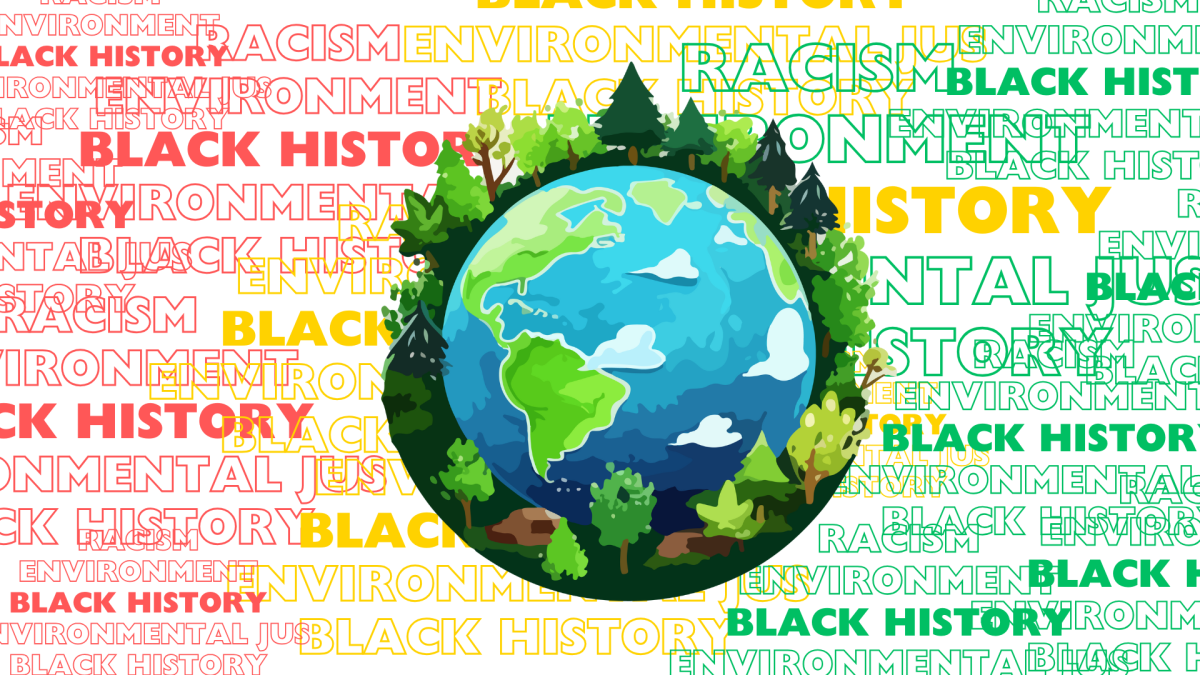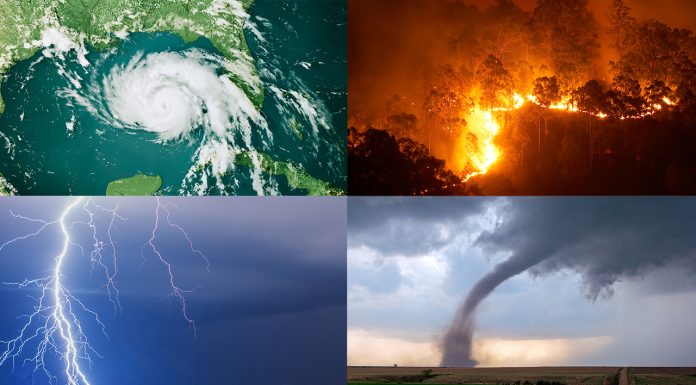2024 has presented a number of challenges; yet, the most significant seems to be the devastating natural disasters that have affected the lives of millions of people. With the unsettling reality of our worsening environment, we are inclined to wonder: what will happen next? What do the relentless winds, droughts, and rains mean for the future of our planet?
As extreme weather becomes the new normal, we must consider the catalyst for such disorder. The carbon dioxide released for electricity, heat, and transportation is trapped in our atmosphere, slowly contributing to rising temperatures.
So, it’s no surprise that our planet is under attack and that the effects of climate change may soon be irreversible. For decades, the International Panel on Climate Change has issued a warning to limit global warming to 1.5℃ above pre-industrial levels. Yet, due to our failed efforts, the IPCC has recently revealed that “additional warming is locked in”, meaning that even if we can limit greenhouse gas emissions, disaster risks will continue to grow.
What to look out for:
An increase in ocean temperatures by 0.5℃ from pre-industrial levels will likely encourage powerful and destructive hurricanes. This is visible even today. Just this summer we witnessed category four Hurricane Helene and category five Hurricane Milton wreak havoc across the East Coast in only two weeks.
Wildfires will continue to grow. Not only do these hazardous flames destroy wildlife and civilizations, but they contribute to air pollution. This year, The National Interagency Fire Center reported that 52,447 wildfires have burned 8,406,135 acres, so far.
Extreme heat has plagued our summers for quite some time, but 2024 is ready to stake its claims as the hottest year on record. Such heat is becoming increasingly dominant into the fall, and even winter months. Many were left astonished by the nearly 80-degree heat on Halloween, causing concern for the repercussions of our warming climate. Further, rising temperatures call for the widespread use of air conditioning and, thus, carbon dioxide-producing power — resulting in a perpetuating cycle.
Droughts will become longer-lasting and more deadly than before. This natural disaster truly exposes the vulnerability of resources. Many will recall the recent drought in New Jersey that lasted from August to November. The disparity required limited water usage and provoked several wildfires across the state.
Sea levels will continue to rise due to melting ice caps, glaciers, and thermal expansion. Not only does this devastate ecosystems — such as coral bleaching and the disruption of Arctic habitats –, but will cause damaging floods with the potential to harm crops, businesses, the economy, and even human life.
What does this mean?
The changes to Earth’s environment will have a profound impact on its inhabitants, but the effects of natural disasters are felt disproportionally. Communities with a strong minority population, or those who are low-income will suffer more damage than those who have access to resources. This inequality needs to be reformed for everyone to overcome the challenges that lie ahead.
There are over 6,800 natural disasters that occur worldwide every year, and each continent feels the effects of extreme weather. Specifically in the United States, 2024 marks the second consecutive year that our country experienced an above-average number of natural disasters, costing $30 billion in insurance claims.
With the impending danger of such extremities, it is more important than ever to improve upon our conditions in any way possible to protect what is left of our environment.


